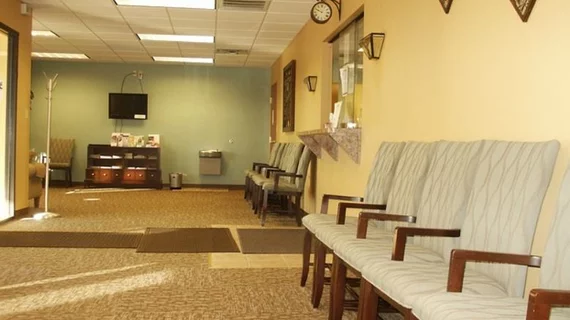How climbing TAVR wait times affect patient outcomes
Developing an effective triage process for patients on the transcatheter aortic valve replacement (TAVR) waitlist could be critical to those patients’ postprocedural outcomes as the intervention continues to gain traction and popularity, researchers reported Jan. 5 in the Journal of the American Heart Association.
TAVR has seen rapid growth in the past decade and a half, first author Gabby Elbaz-Greener, MD, and colleagues wrote in JAHA, especially after clinical guidelines expanded in 2017 to recommend TAVR for intermediate- and lower-risk patients. In some areas, that means the demand for TAVR is outpacing hospitals’ abilities to accommodate all candidates.
“Inadequate access, as reflected by increased wait times, has important clinical and policy implications,” Elbaz-Greener and coauthors wrote. “Observational data have shown associations between increased wait times and greater mortality and all-cause hospitalization while on the waitlist, as well as declines in functional status and quality of life.”
In a previous study, the researchers said they found a wait time of more than 60 days negated any potential health benefits of receiving TAVR over traditional surgical AVR. To extend their research, they undertook a population-based trial of 2,170 TAVR procedures performed in Ontario between 2010 and 2016, paying close attention to how wait times affected patients’ eventual postprocedural outcomes.
Of all TAVR procedures performed, 1,741 cases were elective and 429 were urgent, Elbaz-Greener et al. said. The team studied the relationship between wait time—defined as the number of days between an initial TAVR referral and the date of the intervention—and 30-day all-cause mortality and all-cause readmission.
Quickly, the authors found the relationship was complicated. Nearly 40 percent of patients on the waitlist had a hospitalization while waiting, including 9.1 percent for heart failure.
“We found a statistically significant relationship between TAVR wait time and 30-day mortality or readmission post-TAVR procedure that was nonlinear,” they wrote. “This relationship was complex, with a counterintuitive higher hazard associated with shorter wait times. This relationship was accounted for almost entirely by urgency status, with urgent patients having worse outcomes.”
The team hypothesized patients who waited longer to undergo TAVR would see worse outcomes, but patients with shorter wait times fared worse. That's because procedures flagged as urgent—which tended to happen more quickly—were associated with 80 percent greater odds of 30-day mortality than elective procedures. These "urgent" inpatients also had a greater proportion of high-risk features.
“This is a critical insight that has implications for TAVR wait-time management,” Elbaz-Greener and colleagues wrote. “Although several risk models have been developed to predict postprocedure mortality in patients undergoing TAVR to improve patient selection, no risk models exist to triage patients on the basis of their level of risk for adverse events while on the waitlist. Our results suggest that research on preprocedural queuing and triage should focus on how to better identify patients who may deteriorate to the point of requiring in-hospital TAVR.”
The authors developed a potential three-step framework for triage, starting with the development of risk scores for identifying patients at risk of dying while on the TAVR waitlist. The second step is to develop risk scores to identify outpatient TAVR candidates whose health might decline to the point of needing emergency inpatient TAVR, and the third step is identifying those who will need an inpatient TAVR.

